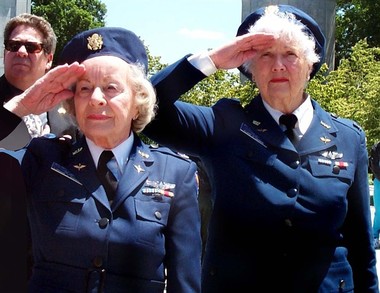WASP Maggie Gee talks about her experience in the WASP program and how it effected her. Courtesy of the East Bay Times, California.


WASP Maggie Gee talks about her experience in the WASP program and how it effected her. Courtesy of the East Bay Times, California.
The WASPs contributed greatly in the movement of integrating women into the Air Force. They also helped break the barrier for women in the military though they encountered unfair treatment and discrimination. Women today have the opportunity to explore aviation thanks, in part, to the WASPs legacy of dedication, commitment, and determination The Women Airforce Service Pilots showed that women are not only as capable to fly military aircraft as men, but that women can do anything they set their minds to, and this idea can be exchanged with current and future generations of women everywhere.
“The WASP service to our nation at a critical time in the history of the entire free world is not remarkable in its own right. Their legacy to all military aviators, women and men alike is the knowledge that perseverance, commitment, and the desire to serve can overcome tremendous obstacles. I know I was able to be a woman fighter pilot… and a woman Thunderbird pilot because of the WASP.” -Lieutenant Colonel Nicole Malachowski, United States Air Force

Courtesy of the U.S. Department of Defense




Header Image: National WASP WWII Museum, Sweetwater, TX